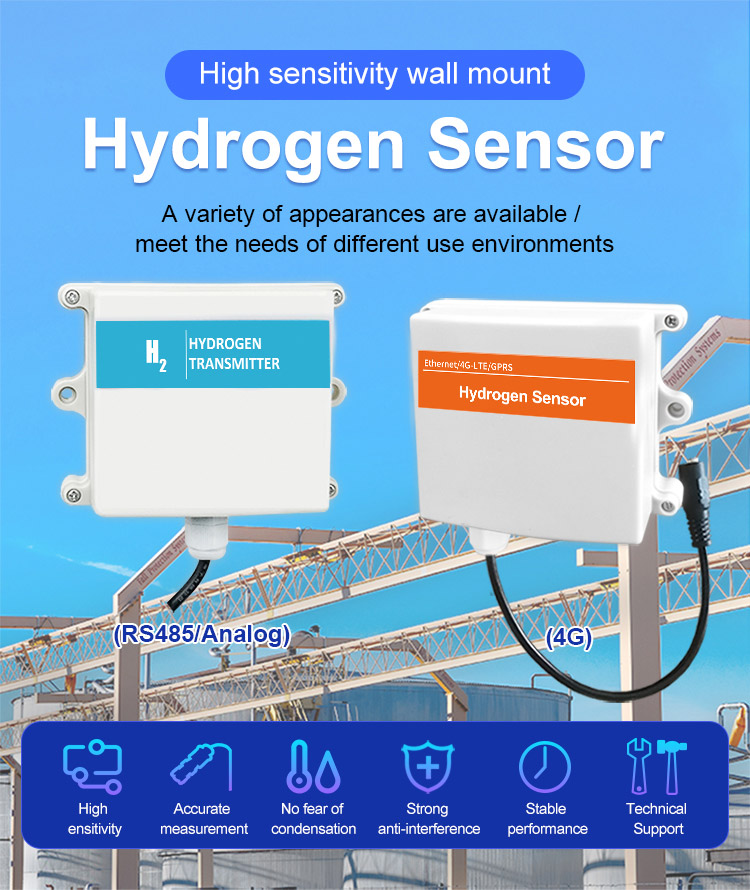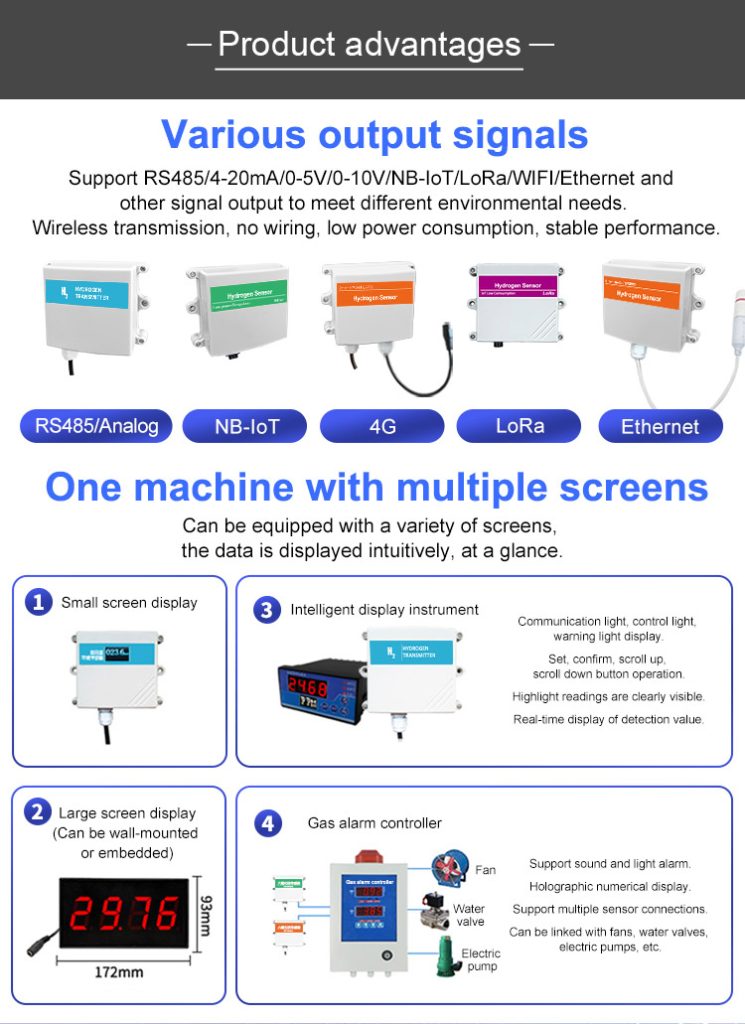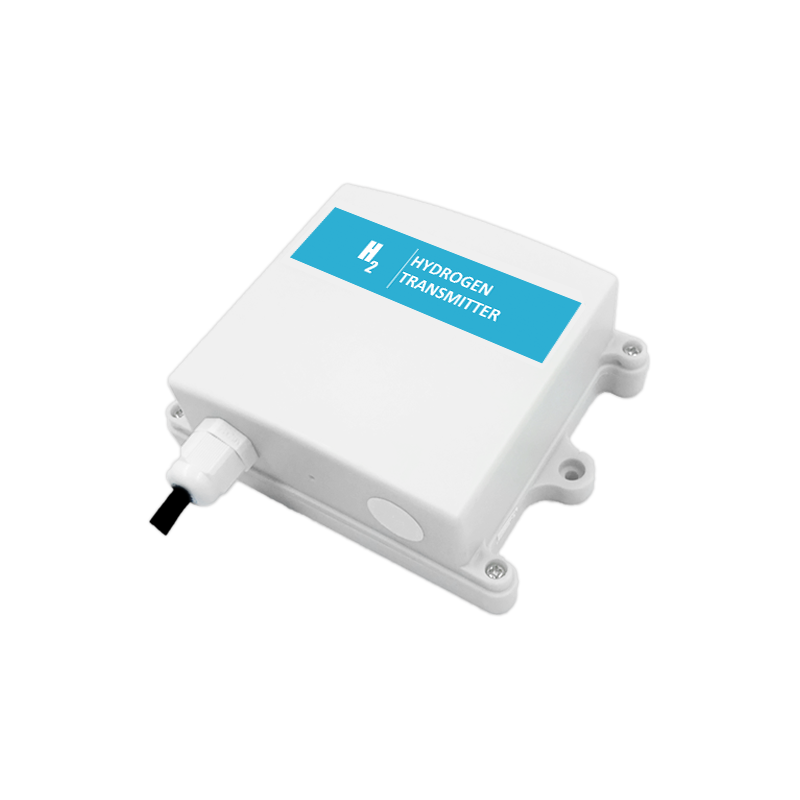Introduction:
Hydrogen (H2) is a highly flammable gas that poses a safety risk in many industries, including oil and gas. Accurate and reliable hydrogen detection is essential to prevent accidents and ensure efficient operation. H2 sensor have become a breakthrough technology to solve these problems, providing advanced functions for hydrogen detection and monitoring.
The Importance of H2 Sensors:

Enhanced Safety:
H2 sensors play a critical role in maintaining safety in environments where hydrogen is present. They can detect even minute concentrations of hydrogen, enabling early warning systems and timely intervention to prevent explosions or fires.
Improved Process Control:
In industries such as chemical processing and fuel cell technology, precise control of hydrogen levels is essential for efficient operation. H2 sensors provide real-time data on hydrogen concentration, allowing operators to make informed decisions about process adjustments.
Energy Efficiency and Environmental Sustainability:
H2 sensors contribute to the optimization of hydrogen production, storage, and utilization processes, ultimately improving energy efficiency and reducing greenhouse gas emissions. This is particularly relevant in the context of the growing interest in hydrogen as a clean and sustainable energy source.
Types of H2 Sensors:
Electrochemical Sensors:
These sensors rely on the electrochemical reaction between hydrogen and an electrode material to generate a measurable current. They are highly sensitive and selective, making them suitable for detecting low concentrations of hydrogen in various applications.

Metal Oxide Semiconductor (MOS) Sensors:
MOS sensors consist of a metal oxide layer that changes its electrical resistance in response to the presence of hydrogen. They offer good sensitivity and stability but may be less selective than electrochemical sensors, potentially leading to false alarms from other gases.
Infrared (IR) Sensors:
IR sensors detect hydrogen by measuring the absorption of infrared light at specific wavelengths. They are generally more expensive than other types of sensors but offer excellent selectivity and long-term stability.
Applications of H2 Sensors:
Industrial Safety:
H2 sensor are widely used in industrial settings, such as petrochemical plants, refineries, and natural gas facilities, to monitor hydrogen levels and prevent accidents.
Renewable Energy:
With the increasing interest in hydrogen as a clean energy carrier, H2 sensors are being deployed in hydrogen production, storage, and distribution infrastructure to ensure safe and efficient operations.
Automotive Industry:
Fuel cell vehicles powered by hydrogen require H2 sensors to monitor the hydrogen supply system and detect leaks. This is crucial for ensuring vehicle safety and performance.
Research and Development:
H2 sensors are also used in laboratory settings and research projects focused on hydrogen technologies, such as fuel cells, hydrogen storage materials, and hydrogen production methods.
Conclusion:
Future developments in H2 sensors may include the integration of artificial intelligence and machine learning algorithms for enhanced data analysis and predictive capabilities. Additionally, the development of wireless and miniaturized sensors will enable broader deployment in various applications, further enhancing safety and efficiency.
